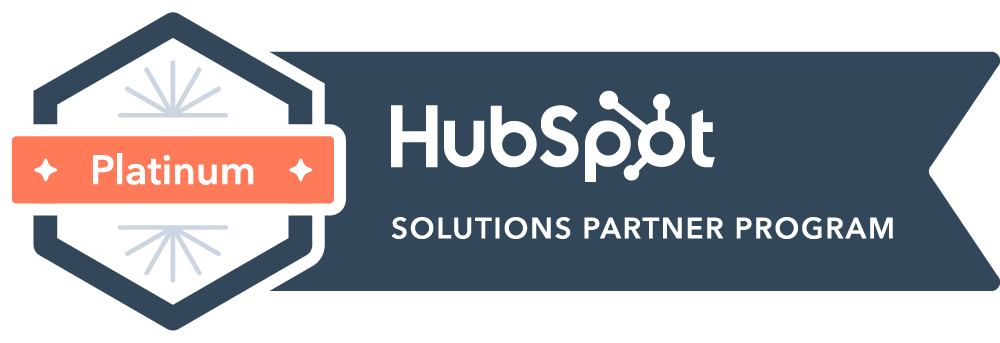

Content Writer for Whistle with multidisciplinary experience spanning over a decade.
Manual prospecting is something every sales rep has wrestled with. You spend hours trawling through LinkedIn, piecing together company profiles that barely tell you anything useful. The lead lists look promising until half the contacts bounce. Emails vanish into inactive inboxes. And the worst part? Realising you’ve just chased someone who was never in the market to buy.
It is slow, frustrating, and far too uncertain.
Sales teams need a better way to find the right people to speak with. Not just any decision-maker, but those who are likely to care, are ready to act, and have a reason to engage. That is where data-powered prospecting comes in.
Rather than guessing who to contact and when, data-powered prospecting uses real-time, on-demand data to identify high-potential leads based on meaningful signals. It is a smarter approach that helps teams focus their time where it matters most.
Sales teams that rely on outdated or incomplete data are not only wasting time, but they are also missing out on conversations that could turn into revenue. On-demand data changes that. It gives reps the clarity to know who to contact, when to reach out, and what to say. The result is a more accurate, more focused prospecting motion that gets responses from the right people.
Manual prospecting often feels like a numbers game, but it is not a very effective one. SDRs can spend hours on lead research only to discover that the information is outdated or the prospect is irrelevant. Relying on generic lists or static databases often leads to high bounce rates, poor engagement, and wasted effort.
Even when the contact is real, the context is usually missing. Does this company align with your ideal customer profile? Are they using a competitor’s product? Have they shown any buying intent recently? Without those answers, outreach becomes a shot in the dark.
The other issue is timing. By the time your SDR gets around to researching and reaching out, the window of opportunity may have already passed. Prospects are not waiting around for your team to reach them. If they are showing signs of interest and you are not first to engage, you are probably not going to get a second chance.
It is not just inefficient. It is ineffective. Traditional prospecting methods force reps to rely on guesswork, which leads to lower conversion rates and slower pipeline growth. What sales teams need is a way to identify and act on qualified leads in real time.
Sales teams today have access to tools that offer real-time, accurate prospect information at scale. Sales intelligence platforms and data enrichment tools give SDRs the context they need to act fast and with precision. This is a significant shift from the days of relying on static spreadsheets or outdated CRM records.
What sets these tools apart is their ability to update continuously. You can spot job changes, company funding rounds, technology updates, and new hires almost as soon as they happen. This means your SDRs are always working with the most relevant and timely information. Accurate lead data does not just save time. It improves your chances of reaching someone at the right moment, with the right message.
On-demand data allows teams to filter and prioritize leads based on firmographic, demographic, technographic, and psychographic criteria. This is where prospecting shifts from quantity to quality.
When you know which company sizes, industries, and regions perform best, and when you can match leads to that Ideal Customer Profile, your outreach becomes more strategic. You are not just casting a wide net. You are selecting leads based on specific, proven success factors.
This level of targeted lead identification increases your chances of connecting with the right buyers. And when SDRs can focus their time on high-potential accounts, conversion rates improve across the board.
Not all leads are created equal. Some are just browsing. Others are actively looking for solutions. Intent data and engagement tracking tools help you tell the difference.
By monitoring content consumption, website visits, competitor product searches, and third-party signals, your team can prioritize leads who are actively showing buying intent. These are the people most likely to respond and convert.
This behavioral prospecting strategy allows SDRs to act at the right time. You are no longer waiting for a prospect to fill out a form. You are reaching out the moment they demonstrate interest, which gives you a real advantage.
Once you have identified a high-potential lead, the next step is to stand out. This is where on-demand data becomes even more valuable.
With access to company information, recent news, hiring trends, or tech stack insights, SDRs can tailor their messaging to speak directly to the prospect’s current priorities. Personalization goes beyond using someone’s name. It is about showing that you understand their context.
Relevant messaging makes a difference. It signals that you are not just blasting generic emails. You are reaching out for a reason, and you have done your homework.
Every SDR has a limited number of hours in the day. On-demand data helps them use that time more effectively.
Instead of working down a list alphabetically or randomly, data insights allow SDRs to focus on the leads with the highest likelihood of converting. Lead scoring, activity tracking, and intent indicators help structure outreach based on real signals, not assumptions.
The result is a smarter use of time and a pipeline that’s actually worth tracking. High-intent prospects get attention when it counts. Low-fit leads get filtered out before they drain your team’s energy. Sales productivity picks up when every action has a reason behind it, not just because someone was next on the list.
One of the lesser-known benefits of data-powered prospecting is the ability to spot opportunities that manual methods miss.
By analyzing patterns across your existing customer base, you can find untapped segments or industries that are likely to be a good fit. Maybe you have been targeting mid-market fintech companies but overlooked SaaS startups with similar pain points. On-demand data can help reveal those gaps.
It is not just about chasing more of what worked last quarter. The real value is in spotting patterns your team might have missed: segments that match your ICP but never made it onto the radar. Instead of scrambling for ideas once a quarter, market discovery becomes part of the rhythm. New opportunities stop slipping through the cracks because someone finally looked in the right direction.
Shifting to a data-powered approach does not require a massive overhaul. It is about making smarter decisions, building the right processes, and giving your team tools that fit into the way they already work.
Start by integrating sales intelligence and enrichment tools into the platforms your team already uses, like your CRM or outbound systems. But tools alone are not enough. Your SDRs need to understand how to read the data and apply it to their outreach. It is not about having more dashboards. It is about knowing what to do with the information in front of them.
With clear steps for accessing, qualifying, and using data insights, prospecting becomes far more structured. And when reps know how to go from raw data to real outreach, their work starts to feel a lot less like guesswork and a lot more like progress.
It is also important to foster a mindset that values insight over instinct. Data-powered prospecting works best when teams know how to ask the right questions and let the information guide their approach.
When sales teams use better data, they make better decisions. Lead quality goes up. Outreach gets sharper. And reps stop wasting time on leads that were never going to convert in the first place. Productivity improves because effort is focused where it matters. The pipeline becomes something you can trust.
Data-powered prospecting is not just a workflow update. It is a results upgrade.
Prospecting does not have to feel like throwing messages into the void. With the right data in the right hands, your team can spend less time guessing and more time having real conversations with people who are ready to listen.
The teams that get this right are not the ones doing more. They are the ones doing it with precision.
If your reps are still chasing leads that go nowhere, it is time to change the way you work. Whistle works with sales teams to build outreach that’s driven by insight, not instinct. The result? Fewer dead ends, more meaningful conversations, and a process your reps want to follow.
Want to see what that looks like in action? Let’s talk.


© Copyright – Whistle 2023